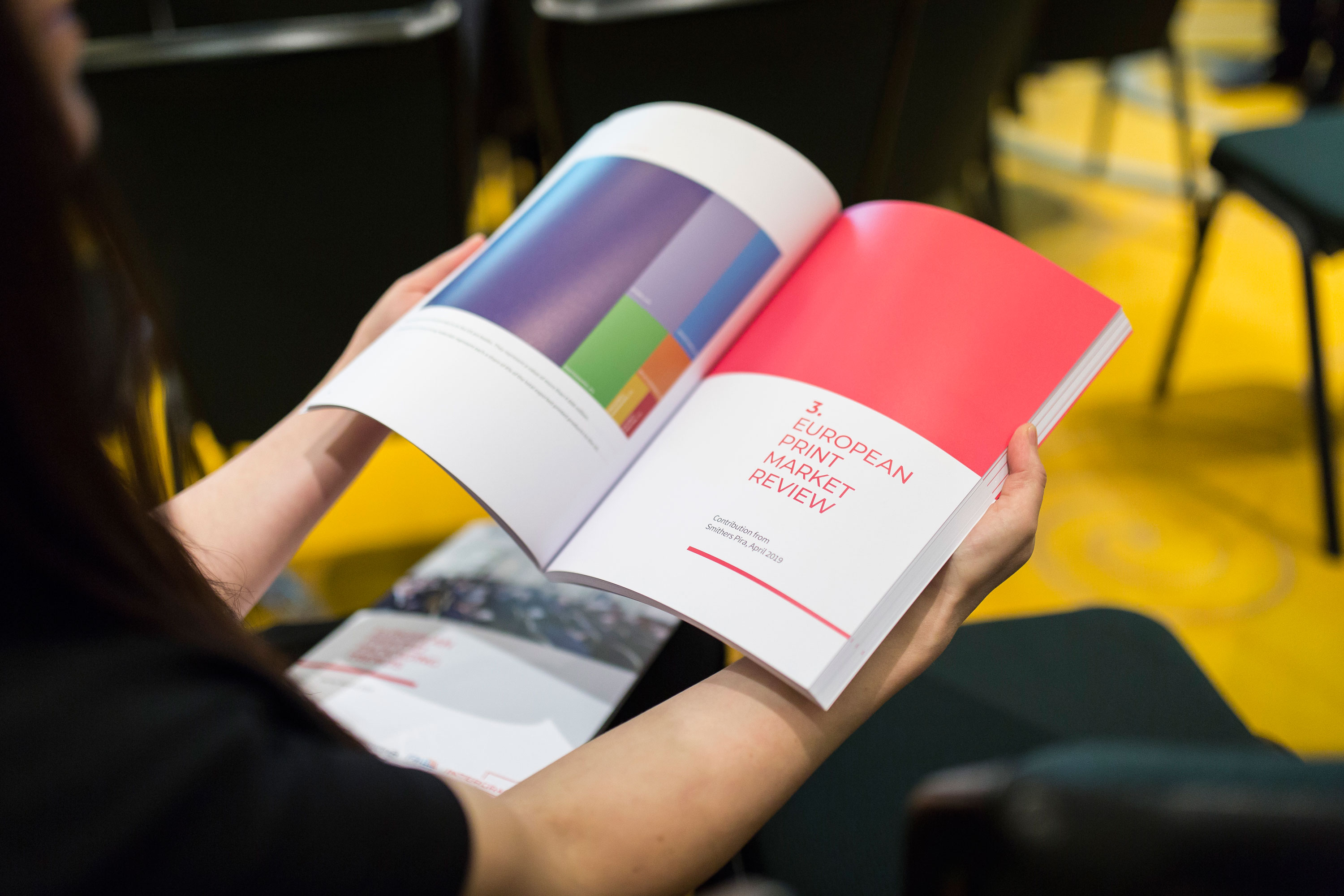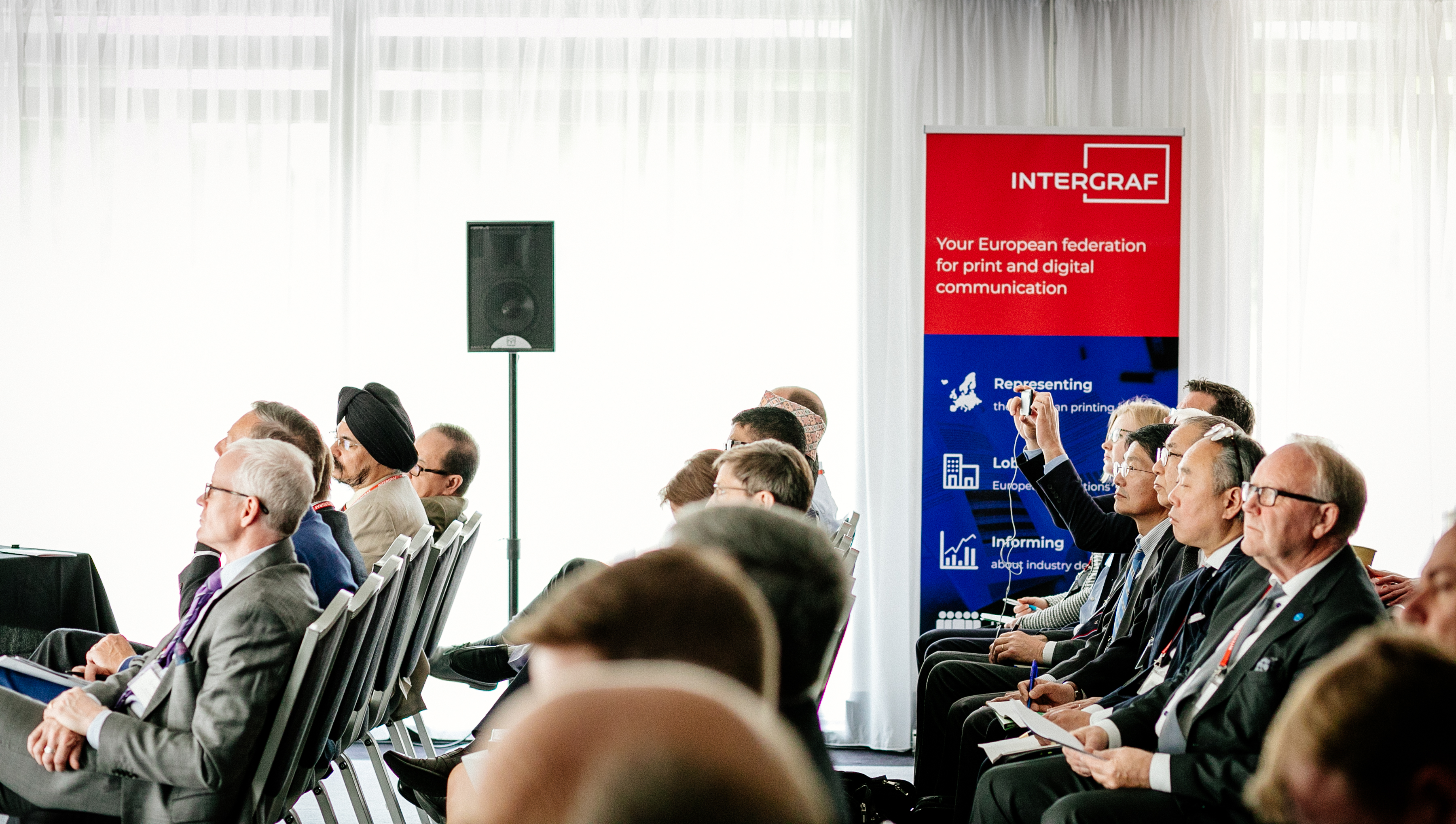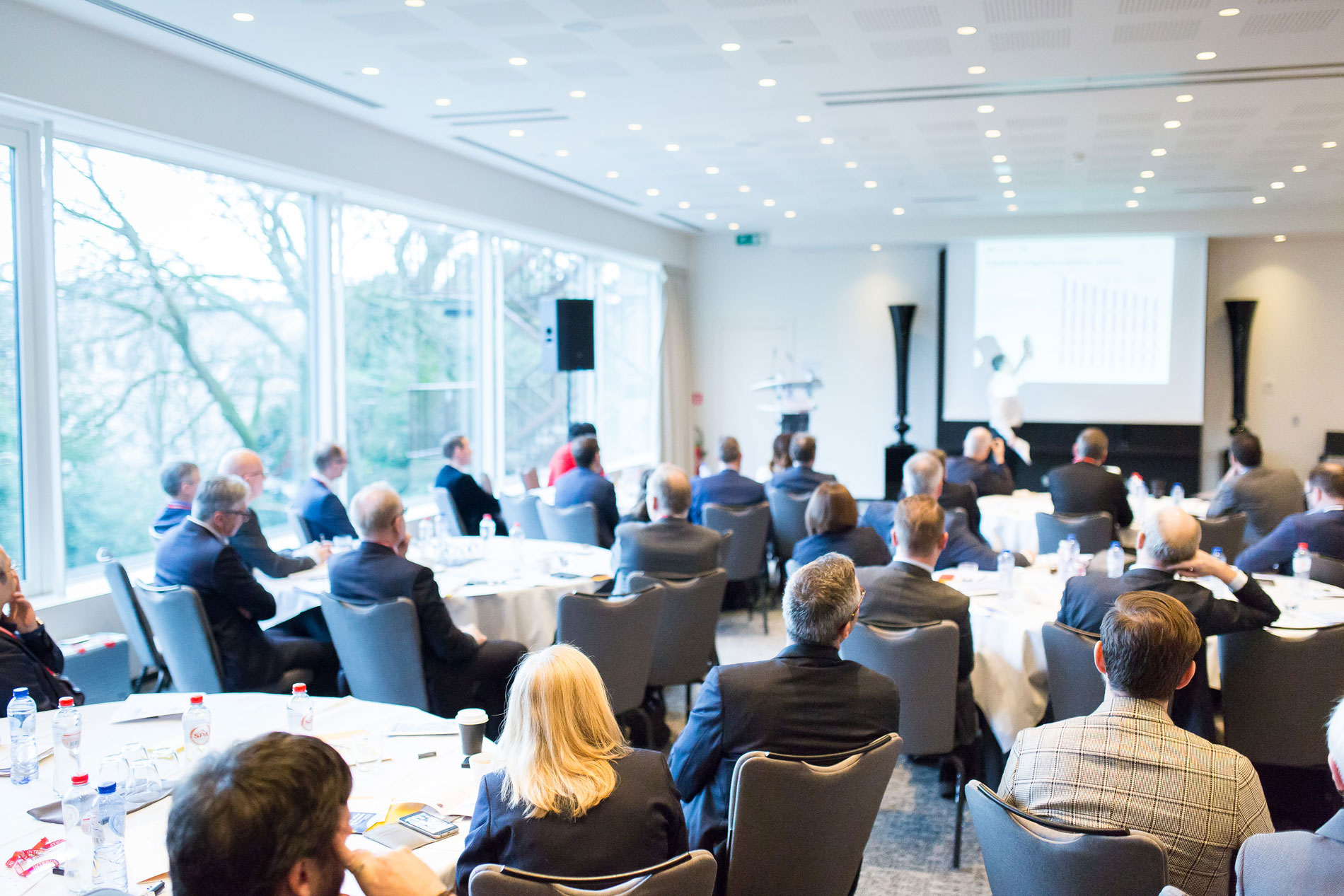Consumer insights: Interview with Andy Lima, entrepreneur and communications expert
16 May 2017
Consumer insights: Interview with Andy Lima, entrepreneur and communications expert
{K2Splitter}Prior to his eagerly-awaited presentation at our upcoming conference in Copenhagen, Intergraf catches up with Andy Lima, digital strategist, lecturer and researcher at Leeds Beckett University, to find out more about consumer perspectives in the printing industry and about trends in the wider communications sector. You can refer to our dedicated page for more information about the event.
ABOUT YOU
What is your background?
I like to think of myself as a ‘pracademic’ or simply put: “an academic practitioner”. I’ve started in life as a young business entrepreneur running a small printing business then moving gradually into marketing, and later on into academia and consultancy.
What do you do at Leeds Beckett University?
I’ve re-joined Leeds Beckett University four years ago after leaving a digital marketing agency I had co-founded with two other business partners. My work at Leeds business School is divided between lecturing, enterprise consultancy and research. I’ve been lecturing mostly on Digital Marketing and Digital Strategy for both undergraduate and postgraduate level. I also teach the professional marketing programs for the CIM (Charter Institute of Marketing). Last year my Digital Marketing module won the Golden Robes Module of The Year Award.
As an academic consultant I have the opportunity to research and write industry based report, provide company consultancy services and deliver public speaking. We work in partnership many different stakeholders at local and international level in a number of regional development programs. Business innovation, consumer insights, digital disruption, digital leadership, research into future trends are among some of the areas I have been contributing with along a team of other academic experts aiming to improve business and marketing performance for companies in our region and further afield.
ABOUT THE WIDER COMMUNICATIONS SECTOR
What are the challenges facing the industry in 2017 and beyond?
What are the opportunities?
What do you consider to be the most crucial future trends?
I will try to answer that in one go… first of all, I personally believe businesses should view the current environmental “challenges” as a great opportunity to grow. Within communications we are still learning to define what dialogue really means. Many business are still struggling to integrate and leverage different communication channels as customers have been moving and adapting faster than most of them are able to. One of the biggest challenges are in designing meaningful experiences adding value through two-way conversation, levering channels and touchpoints, discovering and establishing the customer journey through data analytics and consumer insights.
In this age of connected consumerism, new social technologies are empowering consumers and creating new forms of demands. Technology is shaping society and consumer behaviour, changes are happening faster than many companies have the ability to adapt. A phenomenon some came to describe as Digital Darwinism.
Challenges lie in building relevance and in understanding what value-creation truly is. How marketers should communicate that across the whole supply chain to the end-user remains a challenge. Across the (marketing) sector many experts agree that in today’s world we are all in the ‘MEDIA’ business.
You are what you communicate!
Other areas such as marketing automation, AI and machine learning are with no doubt new trendy areas we are all having to deal with in marketing communications. Legendary guru management Peter Drucker wrote almost half century ago that businesses unique function is to create a customer and it does that through two main areas: marketing and innovation. Personally, I believe that the distinction and boundaries between those two areas are quite blurred in today’s world. It is impossible to separate one from the other.
Marketing has grown from a management discipline, through creative and designing art work to algorithmic science, all that in less than half century. Marketers must now learn and adapt fast developing programs and outputs that addresses the needs of their customer in the year they live in. Areas like Big data, attribution modelling, predictive analytics are essential ingredients in the daily working life of any marketing manager, all that in addition to more traditional marketing activities such as marketing communications, brand management, market research, etc.
One key trends in my view (albeit not a new phenomenon) is attention arbitrage. That not money, is the most sought after commodity as well as the most difficult one to obtain and keep (see Attention Economy: Understanding the new currency of business by Thomas H. Davenport). Business should keep their focus on creating attention-grabbing content with greater transparency by integrating multidisciplinary task teams. Sales, marketing and customer services teams, for example, must have to (increasingly so) learn how to work and collaborate closer together to create seamless experiences to customers/consumers.
In a world of increasing noise and distraction, extreme tough industry competition added to severe global uncertainties, companies must embrace smart integration and automation to improve performance. The winning lot will be the ones able to engage customers at every single touchpoint reducing the noise by adding value through simple processes and clear communication.
Content through compelling storytelling is still the number one priority to be addressed followed by data capabilities leading to a better consumer insights… well let’s leave something for the conference…
ABOUT PRINT
Where does print fit into the communications mix? Have you seen this changing? How?
What advice do you have for printers?
It depends solely on the role it assumes at any given customer interaction and how it is used. The communication mix has gone through many changes in the past two decade or so, since the beginning of the internet. With most companies increasing their investment in digital advertising and communications, traditional channels must redesign themselves to remain relevant. Printing is vital for engaging both content and storytelling. It can support marketing mix activities by crafting seamless sensory brand experiences. Printing must learn to combine cognitive, conative and emotive messages to support multi-channel activities and efforts for greater customer engagement. Beyond that, printers should seek to redefine the business they are in starting from the end-users and walking backwards. Bring consumer data and insight to the heart of their operations and decision-making.
Within the next few years business gains will more likely to come from getting the right information from and to the right people at the right time. Machine learning systems will empower companies to find patterns and automate value extraction coming from different areas. Data driven real-time economy will guide savvy companies to run more efficiently as the production of production of goods and services becomes on-demand, predictive behaviour machines will lower the rate of failure. Industries will have to ask what it all means to them specifically and so it will be with the printing industry.
It is very likely that we will see extremely intelligent supply chain systems, an increased in depth of knowledge in consumer preferences with great capability to build and design meaningful experiences at every touch point of the customer journey. Designing experiences that will be delivered with higher level of customisation.
ABOUT CONSUMERS
From a consumer perspective, what is the current situation of the industry? Have there been recent developments?
How can (printing) companies provide a better customer experience?
There is no space for being average in an age of information and easy access. Consumers are in control and they can switch off in a matter of seconds. The industry must rethink retention and loyalty. Most of the developments in the past few years have been driven by new consumer media habits empowered by mobile technologies on social media platforms. Many new behaviours are associated to these changes: decrease levels of attention span, extreme drive for thrill and new experience, high levels of dopamine associated to elevated use of social media platforms are among them. The gap between Gen X, Y and Z have been blurred in many areas giving birth to GEN C (or Connected Generation). I would say that the ability to produce content and to self-publish are both great examples.
Most companies today must understand they operate in a very complex ‘long tail’ economy, printing companies included. There has been a huge paradigm shift in traditional segmentation.
First of all companies will have to embrace machine learning technologies, big data and behavioural analytics and align these to all-round user-experience design discipline in order to deliver the ultimate customer experience but nothing is a clear cut as it initially might look. Companies must understand that customer experience must be seen always as a work in progress, a journey, not the destination.
Secondly, as I have recently written in an article for The Retail Institute - “business must recognise that the voice of the customer is more powerful than theirs. Consumer’s shared experiences outweighs company’s brand narratives in any platforms on social media, review sites, product forums, blogs or any other form online communication medium. More than ever before the retail sector must invest not only in creating positive brand experiences but also making them shareable and there is no other way to do this better than making them also predictable.”
ABOUT YOUR PRESENTATION
What will you be speaking about at our 'Print Matters for the Future!' conference in Copenhagen in June?
I hope there is still something left to say after this interview (kidding)… First of all I believe in the power of synergy, it’s a great privilege to be taken part in the conference and to offer a view on new consumer insights and future trends.
I will be looking to address areas of consumer preference affecting the printing industry including looking at the future of printed books, magazines and general printed media. As machines take much of our workload, what and how people would be learning? How information will be consumed for example? How will that affect book formatting, e-books, v-books, hybrid formats, etc.?
I have a particular interest in books and the future of publishing. Personally I believe that one of the major trends we will be seeing is in the areas of augmented books and experience design.
CONCLUSION
Is there anything else you would like to add?
Just a quick thought… I would like to explore more in the conference. Given the current environmental changes in behaviour, preferences and trends from the new connected consumer; printing companies should start seeing themselves as both conduit and catalysts for consumer experiences, empowering their customers to deliver high value experiences to end-users and consumers.







